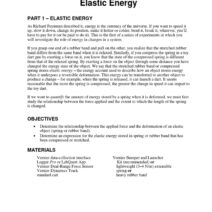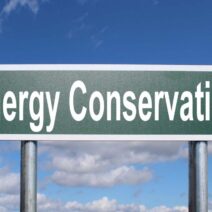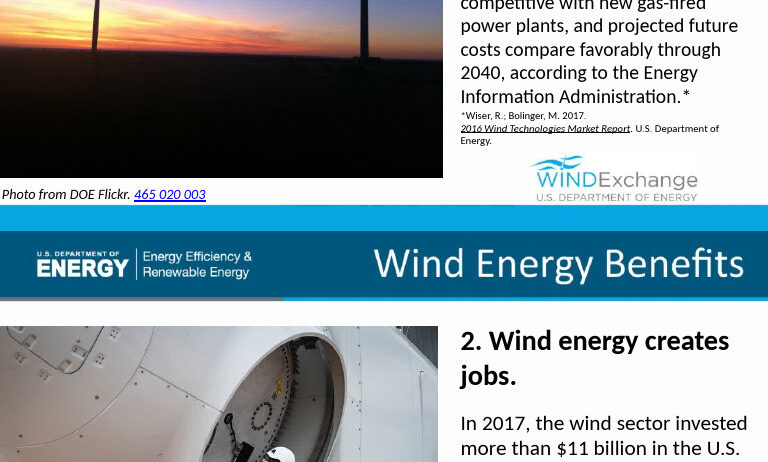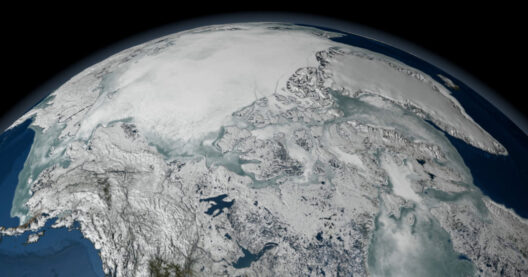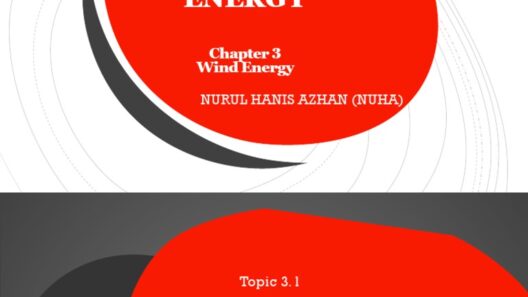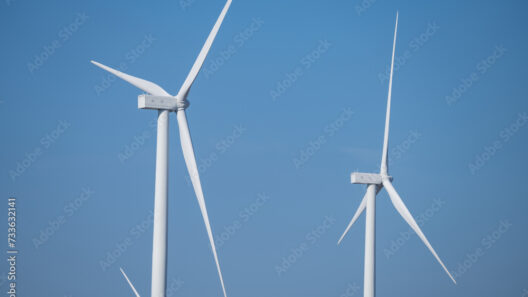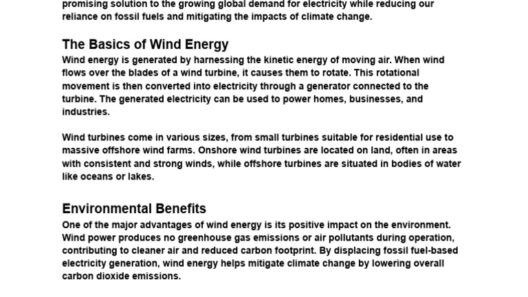Wind energy, the harnessing of kinetic energy from moving air, has emerged as a cornerstone in the quest for sustainable and renewable power sources. An often-overlooked marvel of nature, wind power offers an array of benefits that extend beyond mere energy generation. Understanding why wind energy is beneficial can shift perspectives, ignite curiosity, and inspire action towards its adoption. The environmental or economic implications of wind power are profound, promising to transform both how we produce energy and how we regard our responsibilities towards the planet.
One of the most compelling reasons to embrace wind energy is its minimal environmental impact. Unlike fossil fuels, the generation of wind energy emits no greenhouse gases or air pollutants. This stands as a stark contrast to traditional energy sources, which have long contributed to the burgeoning climate crisis. Each megawatt-hour of wind-generated electricity prevents significant carbon dioxide emissions — a crucial aspect in the fight against global warming. As societies face the insurmountable repercussions of climate change, shifting to wind energy can play a pivotal role in mitigating these adverse effects.
Moreover, harnessing wind energy does not necessitate the depletion of natural resources, unlike the extraction processes associated with oil and coal. Wind power is inexhaustible, drawing upon a resource that is readily available in many regions worldwide. By investing in wind turbines and wind farms, communities can access clean energy without compromising their ecological integrity. Besides, the juxtaposition of towering wind turbines set against azure skies offers an aesthetic value that many find appealing; they embody the hope of innovation rooted in environmental stewardship.
Yet, the environmental advantages of wind energy extend beyond the immediate reduction of emissions. Wind farms often serve as havens for biodiversity. They occupy vast swathes of land that can still be used for grazing or farming, allowing agricultural practices and energy generation to coexist. Additionally, the presence of wind turbines has been shown to support various local ecosystems by enhancing the habitats of certain species. By integrating wind energy projects into existing landscapes, communities can bolster their local flora and fauna while simultaneously increasing their power supply.
Economically, wind energy is realizing its potential as a formidable player in the global market. The financial implications of investing in wind technology are not merely theoretical. The installation of wind turbines creates thousands of jobs in manufacturing, maintenance, and power generation. Wind energy jobs are often local – meaning that when a wind project is built, the economic benefits ripple through the community, offering employment opportunities that might otherwise not have existed.
Furthermore, the cost-effectiveness of wind energy continues to improve as technology advances. The levelized cost of electricity from onshore wind has dropped dramatically over the past decade, rendering it one of the cheapest forms of energy available today. As wind power grows increasingly competitive with fossil fuels, it beckons a new era of economic viability. Ultimately, this means lower energy bills for consumers and businesses alike, fostering a sustainable cycle that can fortify local economies.
The promise of energy independence is another significant economic boon that wind power offers. Many nations rely heavily on imported fossil fuels, exposing themselves to market volatility and geopolitical tensions. Wind energy provides a pathway towards self-sufficiency, freeing countries from fluctuating energy costs tied to external sources. By investing in domestic wind resources, nations can stabilize their energy supplies and reduce their vulnerability to international energy markets.
As interest in renewable energy surges, public perception is shifting remarkably. The stigma once associated with wind energy as an unreliable or inconsistent source of power is dissipating. Advances in technology have led to more efficient turbines and better methods of energy storage, thereby assuaging concerns over intermittency. Moreover, with the integration of wind energy into broader energy grids, electricity from wind can be seamlessly blended with other renewable sources, creating a resilient and reliable energy landscape.
The societal implications of wind energy reach beyond employment and economic opportunities. They embody a shared vision for a cleaner, greener future. By choosing to invest in wind energy, communities signal a commitment not just to their local environment but also to global sustainability. This aligns with broader objectives such as the United Nations Sustainable Development Goals, which advocate for equitable access to affordable, reliable, sustainable, and modern energy for all.
In conclusion, the multi-faceted benefits of wind energy are undeniable. It is a sustainable, eco-friendly alternative to fossil fuels that promises to mitigate climate change, bolster local economies, and enhance energy independence. Wind power is not simply about generating electricity; it is about fostering a holistic approach to energy production that prioritizes environmental stewardship and community development. Embracing wind energy is not merely an option; it is an imperative for a sustainable future. By investing in this extraordinary resource, societies can empower themselves economically while protecting the planet for generations to come.
